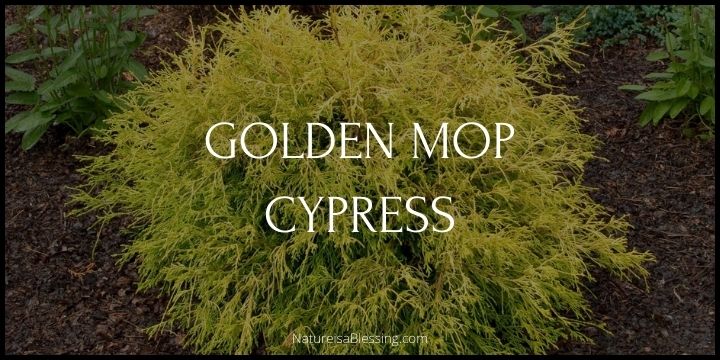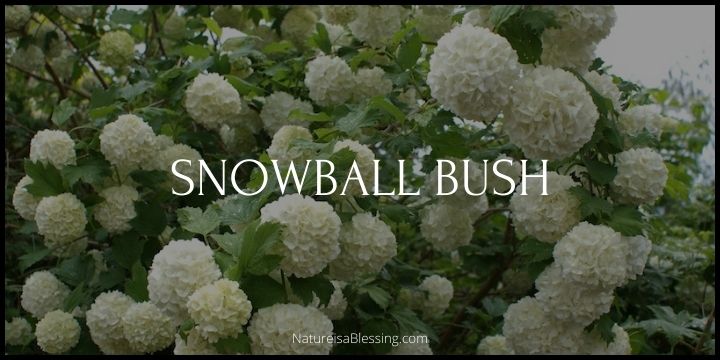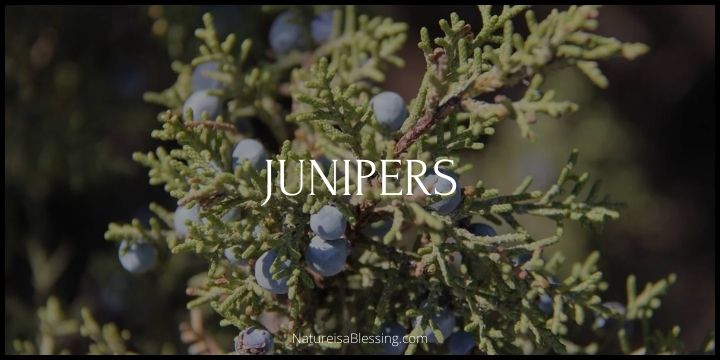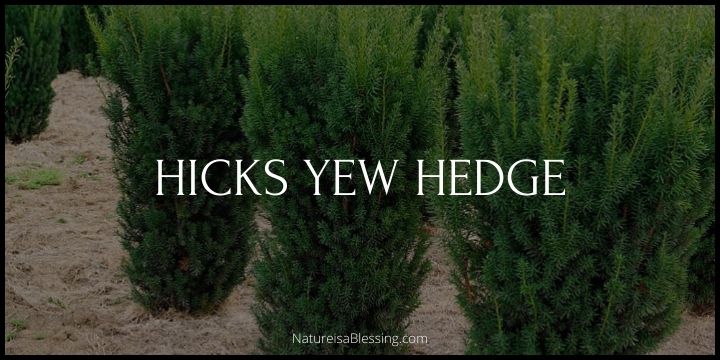Sky Pencil Holly: How to Plant, Grow & Care
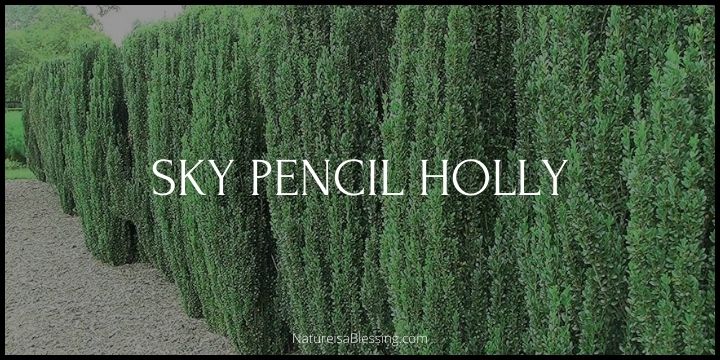
What is Sky Pencil Holly?
Sky Pencil Holly (Ilex crenata ‘Sky Pencil’) is a unique variety of Japanese holly that is known for its distinct upright and columnar growth habit. This evergreen shrub has a narrow, pencil-like shape, hence the name “Sky Pencil”. Its small, dark green leaves stay vibrant all year round, providing constant interest in the landscape.
This plant can reach heights of 6-10 feet and a spread of about 2-3 feet. It’s often used as a vertical accent in landscaping, for privacy screens, or even in containers due to its slender form and slow to moderate growth rate.
The Sky Pencil Holly is quite adaptable and can tolerate a range of soil conditions, but it prefers well-drained soil. It’s also resistant to deer and can tolerate drought and salt, making it a versatile choice for various garden settings.
It’s important to note that while the plant itself is not particularly showy, it does produce small flowers in spring and blackberries in fall and winter, which can attract birds.
Fast Facts about Sky Pencil Holly
| Attribute | Details |
|---|---|
| Country Or Region Of Origin | Japan |
| Plant Type | Evergreen Shrub |
| Family | Aquifoliaceae |
| Genus | Ilex |
| Sun Exposure | Full Sun to Partial Shade |
| Season of Interest | Year-Round |
| Water | Medium |
| Maintenance level | Low |
| Growth rate | Slow to Moderate |
| Height | 6-10 ft. (1.8-3 m) |
| Spread | 2-3 ft. (0.6-0.9 m) |
| Spacing | 2.5-3 ft. (0.7-0.9 m) |
| Soil Type | Adaptable, but prefers well-drained soil |
| Soil pH | Acidic to Neutral |
| Soil Drainage | Well Drained |
| Habit/Form | Columnar, Upright |
| Attracts | Birds (berries) |
| Characteristics | Deer Resistant, Showy Fruit |
| Tolerance | Drought, Salt |
| Suggested Use | Hedge, Vertical Accent |
| USDA Plant Hardiness Zone | 5-9 |
How to Care for Sky Pencil Holly: A Comprehensive Guide
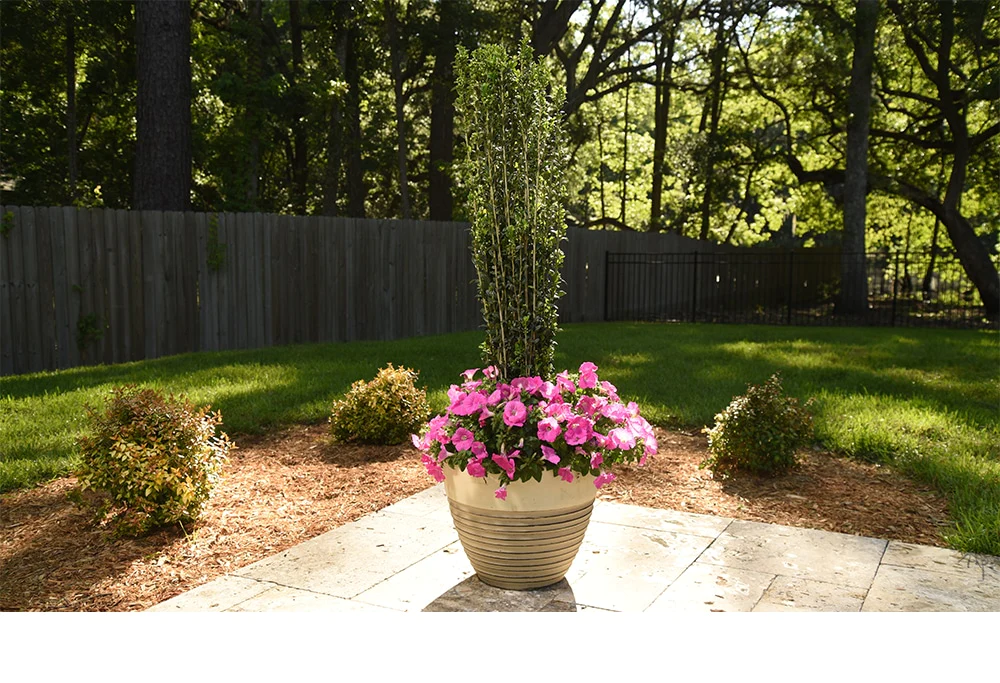
Sky Pencil Holly (Ilex crenata ‘Sky Pencil’) is a popular choice for gardeners due to its unique upright growth habit, low maintenance requirements, and year-round interest. Here’s a detailed guide to help you care for this remarkable plant.
Location Selection
Sky Pencil Holly thrives in full sun to partial shade. It’s perfect for narrow spaces due to its columnar shape. Choose a location that allows sufficient room for the plant’s mature height and spread (6-10 feet tall and 2-3 feet wide).
Soil Preparation
This plant prefers well-drained soil with a pH ranging from acidic to neutral. Before planting, amend the soil with organic matter to improve its fertility and drainage.
Planting
Dig a hole twice the width and just as deep as the root ball. Place the plant in the hole, ensuring the top of the root ball is level with the soil surface. Backfill the hole, firm the soil gently, and water thoroughly.
Pruning Techniques
Pruning is minimal for Sky Pencil Holly since it naturally grows in a tight, vertical form. However, if necessary, prune in early spring before new growth begins. Remove any damaged or diseased branches as soon as they appear.
Watering and Fertilization
Water regularly after planting until the plant is well-established. Afterward, water as needed, more during dry periods. Overwatering can lead to root rot, so ensure the soil is well-draining. Fertilize in early spring with a slow-release, balanced fertilizer to promote healthy growth.
Disease and Pest Prevention
Sky Pencil Holly is generally disease and pest-resistant. However, keep an eye out for common issues like leaf spot and powdery mildew. If these occur, use a suitable fungicide following label instructions. For pests like scale or mites, a horticultural oil or insecticidal soap can help.
Interesting Facts about Sky Pencil Hollies
- Sky Pencil Holly is actually not a “true” holly. It doesn’t have the prickly leaves we often associate with holly plants.
- It’s native to Japan and was introduced to the American market in the mid-1980s.
- Despite its delicate appearance, it’s a hardy plant that can tolerate drought and salt.
Sky Pencil Holly adds architectural interest and vertical accents to your garden. With proper care, this evergreen jewel will be a standout feature in your landscape for years to come.
How big do Sky Pencil Hollies get?
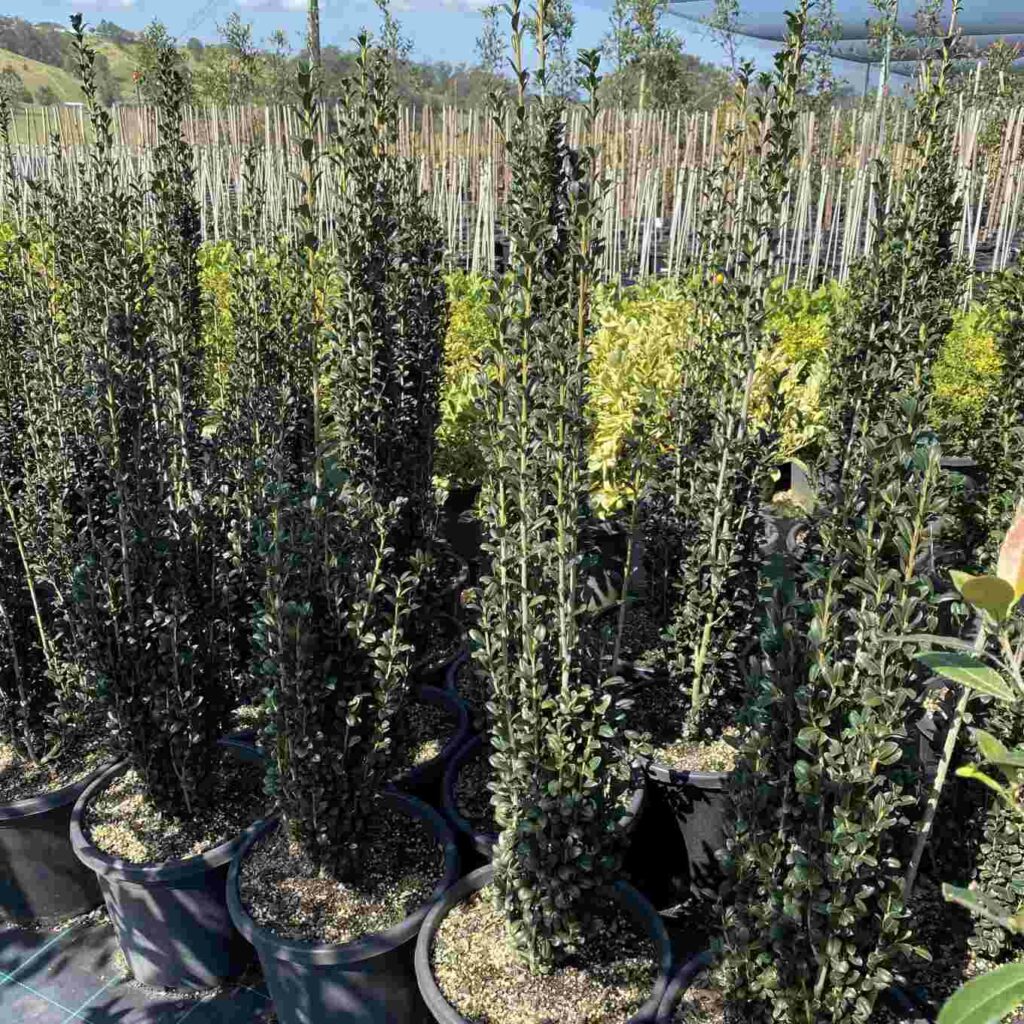
Sky Pencil Hollies, scientifically known as Ilex crenata ‘Sky Pencil’, have a unique growth habit. They can reach heights of up to 10 feet but maintain a very narrow width of 2-3 feet at full maturity.
This makes them an excellent choice for adding height without taking up much horizontal space in your garden. However, some sources suggest that they typically reach a smaller size of around 6-8 feet high. The actual size can vary depending on specific growing conditions and care practices.
Note: while the Sky Pencil Holly has a naturally slim, upright shape, you can still prune it to maintain your desired height and form.
Is Japanese Sky Pencil Holly male or female?
The Sky Pencil Holly (Ilex crenata ‘Sky Pencil’) is a female cultivar. Like other holly varieties, this plant is dioecious, which means male and female reproductive organs are on separate plants.
The female Sky Pencil Holly produces small black fruits or berries following tiny white flowers in late summer and fall. However, it needs a male pollinator nearby to produce these berries.
It’s worth noting that while the berries add some interest, they are quite small, and the plant is primarily grown for its unique, pencil-like growth habit and evergreen foliage.
Is Sky Pencil Holly fast growing?
Yes, the Sky Pencil Holly (Ilex crenata ‘Sky Pencil’) is considered a relatively fast-growing shrub.
It can grow up to 10 inches in a year, reaching a mature height of 6-8 feet. However, the growth rate can vary based on the plant’s health and environmental conditions. In the first year, growth may be slower, but it typically picks up pace after that.
Note: while the Sky Pencil Holly grows fairly quickly, proper care including appropriate watering, soil conditions, and sunlight exposure are necessary to ensure healthy growth.
Are Sky Pencils easy to grow?
Yes, Sky Pencil Hollies (Ilex crenata ‘Sky Pencil’) are generally considered easy to grow. They are adaptable to a variety of conditions, making them a good choice for many gardeners.
They can tolerate different soil types, including sandy, clay, and rocky soils, as long as the soil is well-draining. They can also adapt to full sun or partial shade, although in warmer climates, they may appreciate some afternoon shade.
Sky Pencil Hollies are also low maintenance. They have a naturally slim, upright growth habit, so they typically don’t require much pruning unless you wish to maintain a specific height or shape.
However, while they are relatively easy to grow, it’s important to provide them with proper care to ensure their health and growth. This includes appropriate watering, especially during dry periods, as they can become drought-tolerant once established.
Note: like all plants, Sky Pencil Hollies can be susceptible to pests and diseases, so regular checks and prompt treatment can help keep your plant healthy.
Where is the best place to plant Sky Pencil Holly?
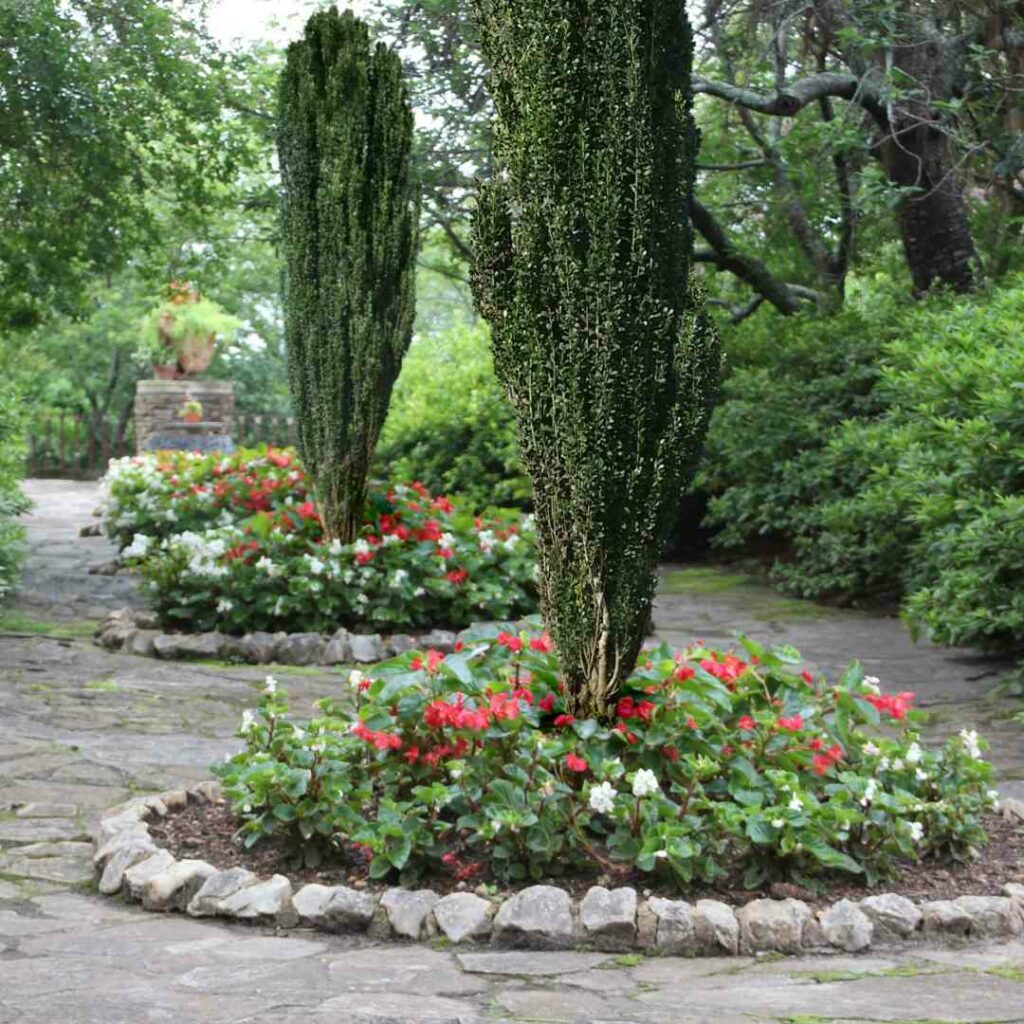
The Sky Pencil Holly (Ilex crenata ‘Sky Pencil’) does best in a spot with full sun exposure for the most vigorous growth and best appearance. However, it can also tolerate partial shade.
This plant is ideal for places where you don’t have room for wider, bushier plants due to its slender, upright growth habit. It’s often used as a hedge or to accent narrow areas of a home or garden.
While it prefers well-drained soil, Sky Pencil Holly is adaptable to various soil types, including sandy, clay, and rocky soils. Regular watering, especially during dry periods, will help ensure healthy growth.
Remember that while Sky Pencil Holly is generally easy to grow, like all plants, it can be susceptible to pests and diseases, so regular checks and prompt treatment can help keep your plant healthy.
Landscape Ideas for Sky Pencil Holly
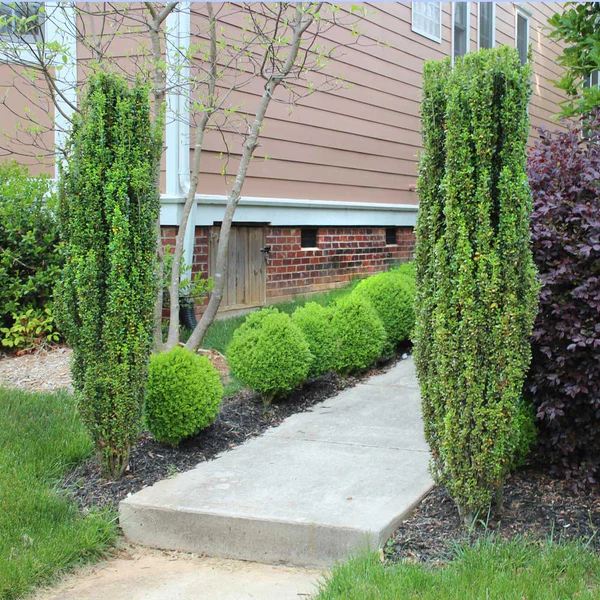
10 landscape ideas for incorporating Sky Pencil Holly (Ilex crenata ‘Sky Pencil’) into your garden design:
- Accent Plant: Use Sky Pencil Holly as an accent plant to highlight certain areas of your garden. Its tall, slender shape can draw attention to specific points or create a dramatic backdrop.
- Privacy Screen: Plant a row of Sky Pencil Hollies closely together to create a narrow, evergreen privacy screen. This can be particularly useful in urban gardens where space is limited.
- Container Planting: Sky Pencil Holly can thrive in containers, making it an excellent choice for patio or balcony gardens. It can add height and structure to your container garden.
- Entryway Planting: Plant a pair of Sky Pencil Hollies on either side of your front door or garden gate to create a welcoming entryway.
- Vertical Garden Element: Use Sky Pencil Holly to add a vertical element to your garden. This can help break up the monotony of horizontal lines in your landscape design.
- Garden Border: Use Sky Pencil Holly as a border plant along paths or driveways. Its upright growth habit won’t encroach on the pathway, keeping the area neat and tidy.
- Mixed Shrub Border: Incorporate Sky Pencil Holly into a mixed shrub border to add height and winter interest. Pair it with flowering shrubs for a contrast in form and color.
- Rooftop Gardens: Sky Pencil Holly’s tolerance for wind and ability to grow in containers make it a good choice for rooftop gardens.
- Wildlife Garden: Although not a primary food source, Sky Pencil Holly can provide shelter for birds and other wildlife.
- Japanese Garden: Sky Pencil Holly, originally from Japan, can be used in a Japanese garden design. Its slender form can mimic the shape of traditional Japanese garden elements like bamboo.
The pros and cons of Sky Pencil Holly
Advantages:
- Unique Shape: The Sky Pencil Holly is known for its distinctive, narrow upright shape. This can add visual interest to your landscape and provide a contrast to more rounded or spreading plants.
- Versatility: Its slim profile makes it suitable for various uses in the landscape, from accent plantings to forming a privacy screen.
- Adaptability: Sky Pencil Holly can grow in a variety of soil conditions, from sandy to clay, as long as the soil is well-draining. It can also tolerate both full sun and partial shade.
- Evergreen: Being an evergreen, Sky Pencil Holly provides year-round color to your garden. Its dark green leaves remain attractive throughout the year.
- Low Maintenance: Once established, Sky Pencil Holly requires minimal care. They need little pruning due to their natural columnar form.
Disadvantages:
- Susceptibility to Pests and Diseases: Sky Pencil Hollies can be prone to certain pests like scale insects, and diseases such as leaf spot and root rot.
- Limited Hardiness: While adaptable to many conditions, Sky Pencil Holly is not particularly cold-hardy and may struggle in regions with harsh winters.
- Narrow Growth Habit: Its slender growth habit, while unique, may not provide the fullness or width desired for some landscape uses.
- Drought Sensitivity: While mature plants can tolerate some drought, they will need regular watering during dry periods, especially when young.
10 best Sky Pencil Holly alternatives
| Plant Name | Description |
|---|---|
| Rose of Sharon | This plant can grow from 8-10 feet tall and 2 feet wide, making it a suitable alternative for tight spaces1. It also offers beautiful flowers during summer. |
| Euonymus japonicus ‘Green Spire’ | Similar to Sky Pencil Holly in its habit, this plant is heat resistant and can get wider, providing more coverage. |
| Straight & Narrow® (I. crenata ‘PIIIC-I’) | A columnar Japanese holly that maintains a pencil-like shape, offering a similar aesthetic to the Sky Pencil Holly. |
| ‘Dee Runk’ Boxwood | This plant fits into narrow spaces well, and its long-term habit is full, making it a more robust alternative4. |
| Plum Yew | This plant is great for shearing and can form a narrow hedge or garden exclamation point, similar to the Sky Pencil Holly. |
| Steeds Holly (Ilex crenata ‘Steeds’) | This is another variety of Japanese holly that can serve as an alternative, with similar growth habits. |
| Miss America Peony (Paeonia lactiflora ‘Miss America’) | While different in appearance, this flowering plant can add a touch of color to your garden. |
| Hoogendorn Holly (Ilex crenata ‘Hoogendorn’) | This low-growing holly variety can be a good choice if you’re looking for a smaller, more ground-covering plant. |
| False Cypress | An evergreen shrub that can provide a similar narrow, upright shape to Sky Pencil Holly. |
| Oak Leaf™ Red Holly | This holly variety offers attractive foliage and is a great choice for adding some color to your garden. |
Where to buy Sky Pencil Holly?
- Home Depot
- Perfect Plants Nursery
- Plants by Mail
- Wilson Bros Gardens
- Stadler Garden Centers
- Amazon
- Pike Nursery
- Amazon
- Hicks Nurseries
Note: be sure to check the availability and delivery options for your specific location before making a purchase.
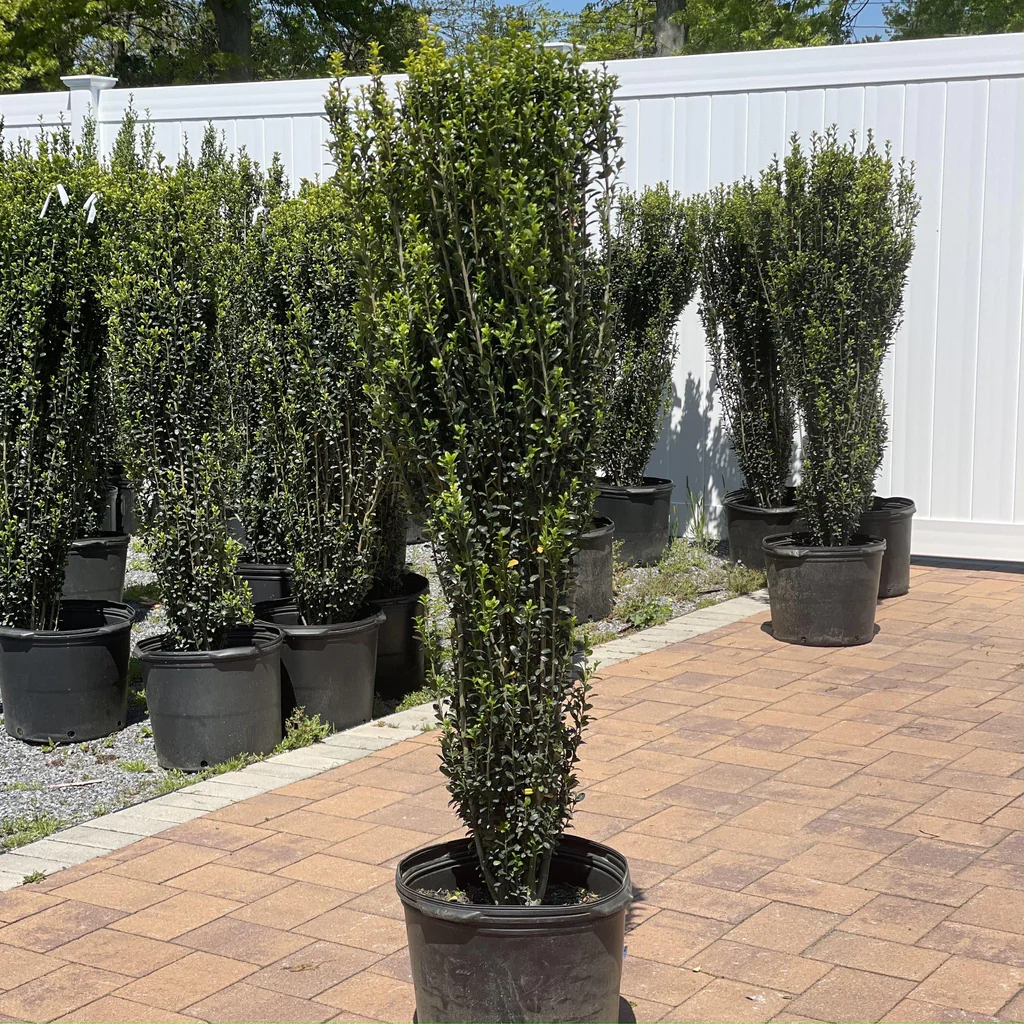
The History and Origin of Sky Pencil Holly
The Sky Pencil Holly, scientifically known as Ilex crenata, is native to the forests, thickets, and mountain slopes of Japan, Korea, China, and eastern Russia. It’s appreciated for its glossy, spineless, deep green leaves.
The particular cultivar ‘Sky Pencil’ was discovered in the wild near Honshu, Japan, by Dr. John Creech of the U.S. National Arboretum in 1968.
However, it was not until 1985 that Sylvester March, a member of the U.S. National Arboretum staff, and Frederick Darke, a curator, introduced it to the wider horticultural world.
Frequently Asked Questions
1. How Deep Are Sky Pencil Holly Roots?
The root system of the Sky Pencil Holly is not known to be invasive and is often grown in containers. The roots are noted to be deep and strong, growing between 17 – 25 inches below the soil.
When planting, it’s recommended to dig a hole twice as deep and twice as wide as the root ball to allow the roots to spread faster. However, despite their depth, these roots are not considered aggressive enough to cause problems if planted about 5 feet from a structure.
2. Is Sky Pencil Holly Hardy?
Yes, the Sky Pencil Holly (Ilex crenata ‘Sky Pencil’) is considered a hardy plant. It is well-suited to USDA Hardiness Zones 5-9, which means it can withstand winter temperatures down to -20 degrees Fahrenheit.
This plant is also known for its tolerance to pollution, making it suitable for urban environments. However, like many plants, it has its vulnerabilities. It prefers well-drained soil and can be susceptible to root rot if the soil is too wet. It’s also prone to certain pests such as leaf miners and scale insects.
3. Is Sky Pencil Holly evergreen?
Yes, the Sky Pencil Holly (Ilex crenata ‘Sky Pencil’) is an evergreen shrub. This means that it retains its green foliage throughout the year, providing a consistent display of color in your garden or landscape even during the colder months.
The plant is famous for its columnar form with dark green foliage. It’s a well-behaved evergreen that can provide year-round greenery.
Each spring, new growth of fresh foliage appears. Despite its slender appearance, the Sky Pencil Holly is densely branched and tight, growing 6 to 8 feet high.
Also read:
- Flowering Cherry Tree: How to Plant, Grow, and Care
- Italian Cypress Tree: How to Plant, Grow, and Care
- Rising Sun Redbud: How to Plant, Grow, and Care
- Coral Bark Japanese Maple: How to Plant, Grow, & Care
- Blue Atlas Cedar: How to Grow, Plant, and Care
- Eastern Redbud Tree: How to Plant, Grow & Care
- Bloodgood Japanese Maple: A Symphony in Purple
